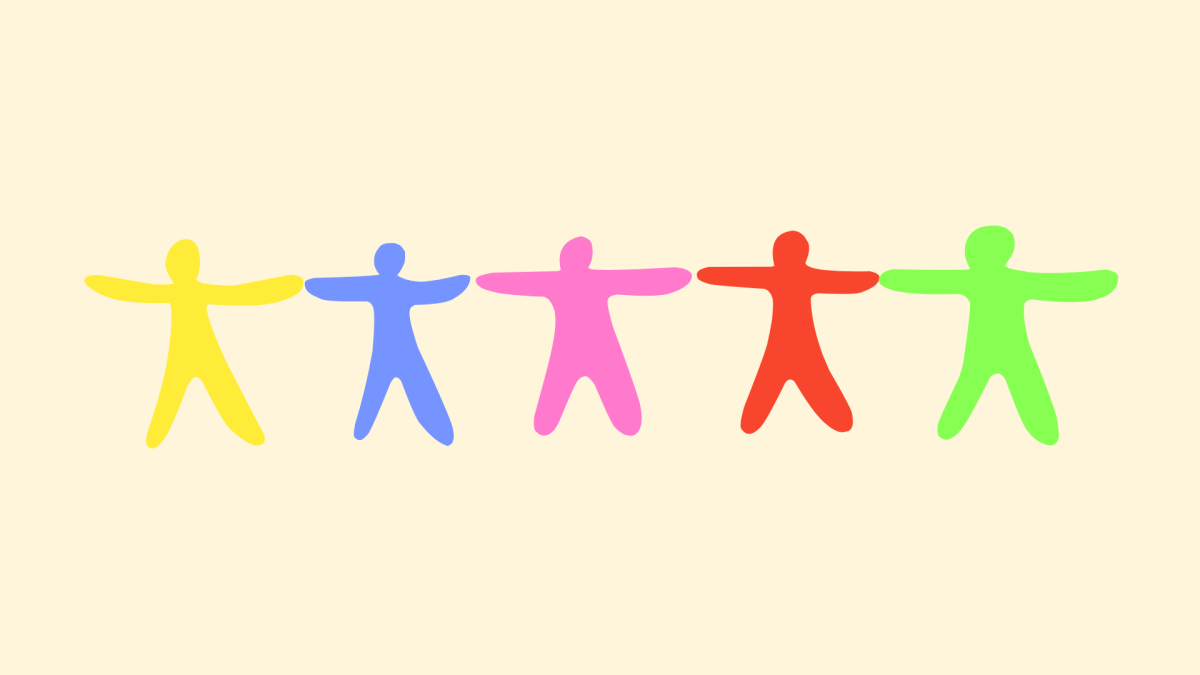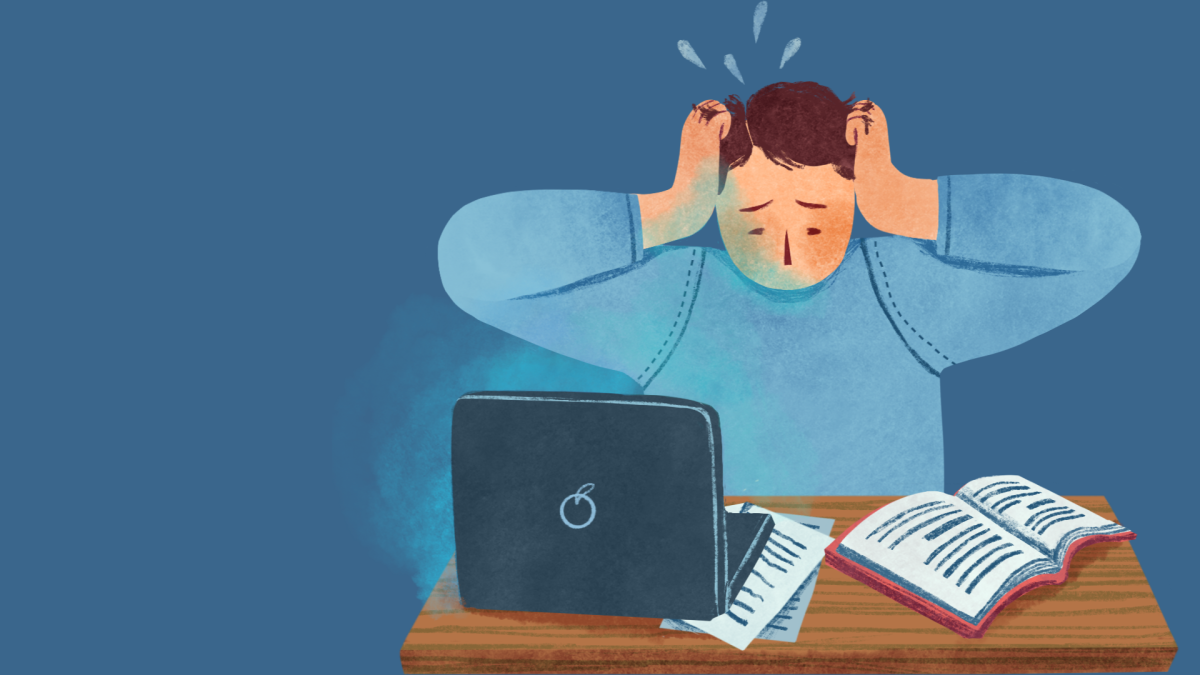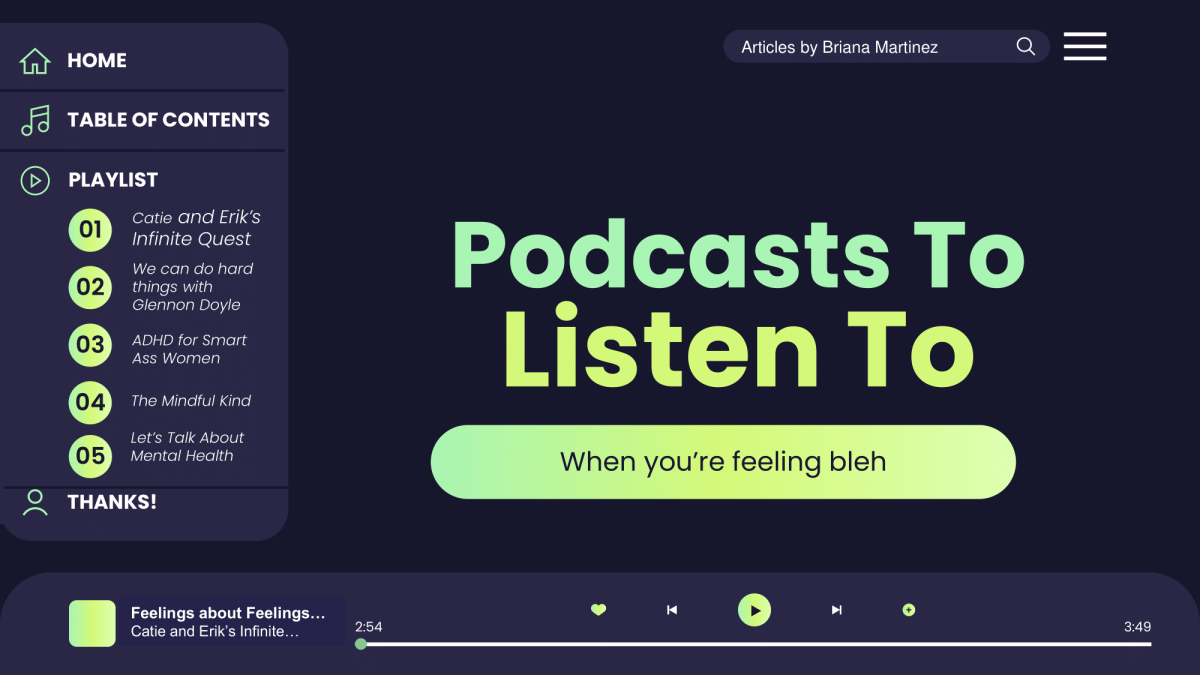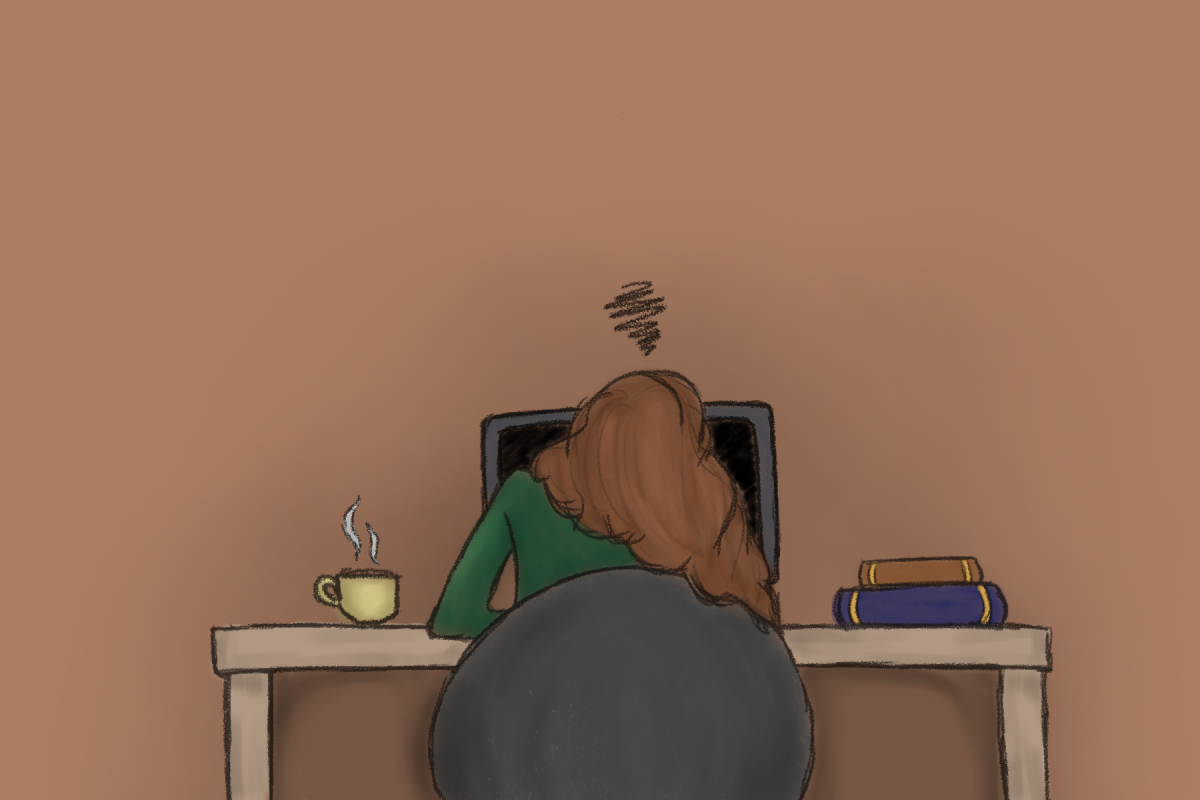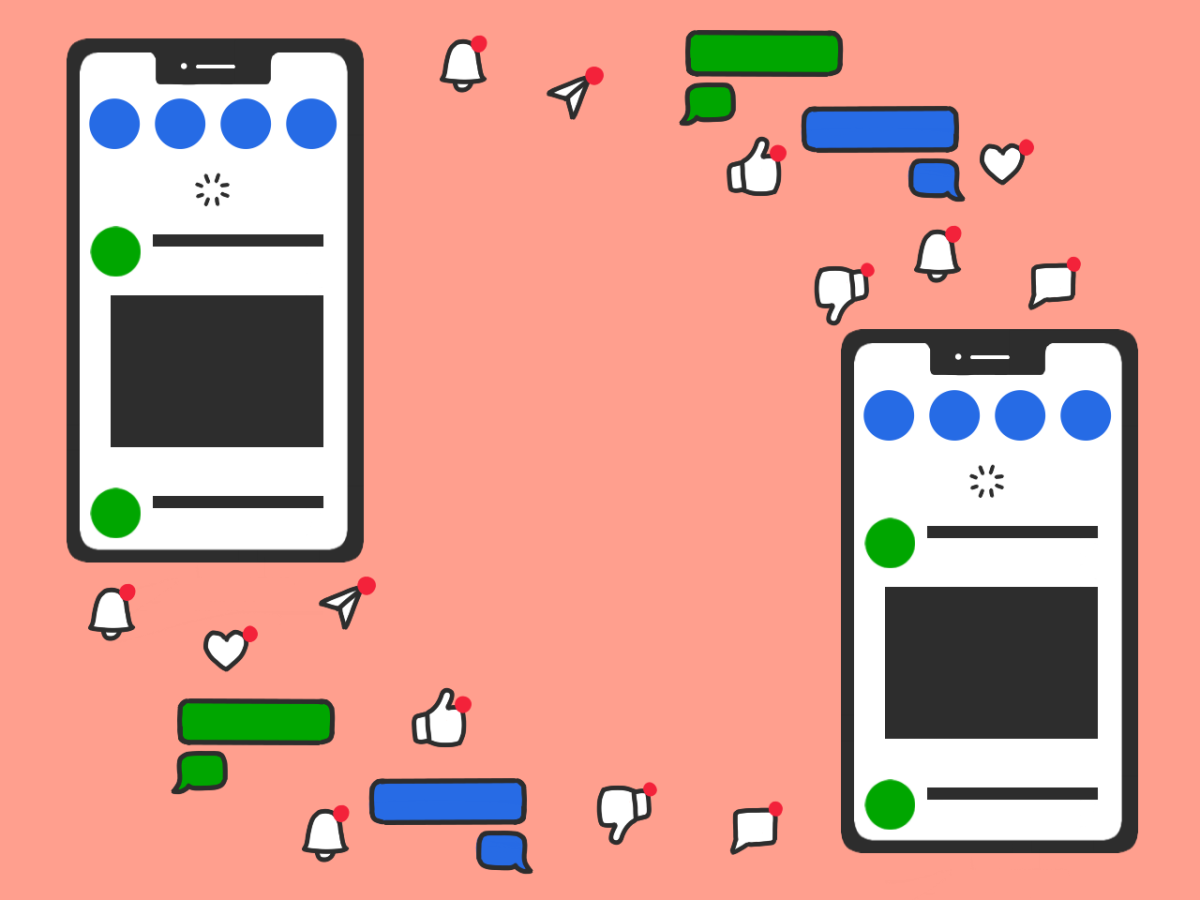Take off the blue shirt. And put the puzzle piece away. You won’t need that here.
It’s April, officially making it Autism Awareness Acceptance Month (AAM). You see many events for “Light it up Blue” throughout the month with puzzle piece ribbons and blue-colored snacks of some sort. But what many don’t know is what the puzzle piece symbol means, where it comes from, and why it’s harmful to the Autistic community.
Autistic people exist wherever people exist. In your classes, at your job, and yes, even the person writing this article. AAM is your chance as an Allistic (non-Autistic) person to learn a little more about Autism, the history of common Autism symbols, and how you can be a better ally to the Autistic community.
What is Autism?
Autism Spectrum Disorder, most commonly known as Autism or ASD, is classified as a neurodevelopmental disorder that affects a person’s ability to communicate, behave and interact with the world. Autism manifests in each person differently, and some people require more support in certain areas than others. And that’s the beauty of a spectrum. It won’t look the same from person to person.
What matters when it comes to Autism is getting to know the person and their support needs—generalizing all Autistic people to one stereotype does more harm than good when it comes to connecting with Autistic people. On that same note, Autism doesn’t fit a one-size-fits-all mold. Any person of any age, race, or gender can have Autism, so it isn’t right to stereotype us based on one person you may know. We are like any other person. We have interests, stories, likes, and dislikes. We are human, and we want to get to know you too.
History of Autism Acceptance Month
Autism Acceptance Month, then named National Autistic Children’s Week, was first started by The Autism Society in 1972 to promote Autism awareness and ignite change for Autistic people.
While the origins of AAM seem relatively tame, perhaps even beneficial for Autistic people, many organizations involved in Autism awareness did not try to promote the well-being of Autistic people but instead tried to “cure” them of their Autism.
If you’ve ever seen Autism symbols or been to events for Autistic people (mostly aimed at children), you’ve most likely seen puzzle pieces. Ah yes, puzzle pieces. Because nothing screams Autism Acceptance like “my autistic brain doesn’t fit into your neurotypical puzzle!”
To understand why many Autistic people dislike the puzzle piece symbol so much, we have to take a step back into the history of the puzzle piece, who created it, and what role they have in the dark history of eugenics within the Autism community.
The puzzle piece symbol was initially created in 1963 by the National Autism Society. Created as a logo to represent Autistic children, the symbol was meant to say, “a puzzling condition handicaps our children.” Thus, the puzzle piece was born. However, the most recognized use of the puzzle piece symbol was co-opted by the organization Autism Speaks, another horrendous voice in Autistic lives.
Autism Speaks is a nonprofit organization that claims to support autism research and outreach activities for people with Autism. However, this can’t be farther from the truth. Autism Speaks has a dark history of eugenics and abuse towards the Autistic community. From siphoning donation money for personal gain to funding electroshock therapy for children, Autism Speaks doesn’t let Autistic people Speak. Through the lens of Autism Speaks, Autism is nothing more than a disease that needs a cure. A blemish on the world that needs fixing. But Autism is much more than that − we are people, artists and teachers and creators, and worthy of love and support.
How to ~Actually~ Support Autistic People
Autistic people exist outside of AAM. Surprising, I know. If you care about supporting Autistic people outside of AAM, there are many ways to help out within your community and on a one-on-one basis to improve the lives of Autistic people.
- Support Autistic-run organizations! Nonprofits such as the Autism Self-Advocacy Network (ASAN) and the Autistic Women & Non-Binary Network (AWN) are two organizations made for Autistic people by Autistic people! We deserve to have our voice heard, not through the filter of an allistic person. By supporting Autistic-lead nonprofits, you can help Autistic people get their voice into the world and get the resources they need to connect with their environment.
- This AAM, consider going Red Instead and using the rainbow infinity symbol in your support of Autistic people! The rainbow infinity symbol is used as a better alternative to the puzzle piece. Autistic people create it for autistic people, is it used as a symbol of Autistic pride and neurodivergent solidarity.
- Support Autistic people in your community! There are thousands of autistic artists, musicians, and creators right in your area. If you want to help an Autistic person right at their front door, consider purchasing from their store, donating to their fundraisers, or participating in mutual aid.
- We are just people! Again, another shocker. Autistic people aren’t special charity cases or people who can’t fend for themselves. We are whole humans and should be treated as such. So the easiest way to support us is just to get to know us.
When I went into this article, I was frankly worried about publishing it. But, for you, the reader, to learn about something that I am still learning about myself. So I ask you to come along on this journey with me as we get to learn a little bit more about Autism together.
Featured Image By Talisa Trevino































